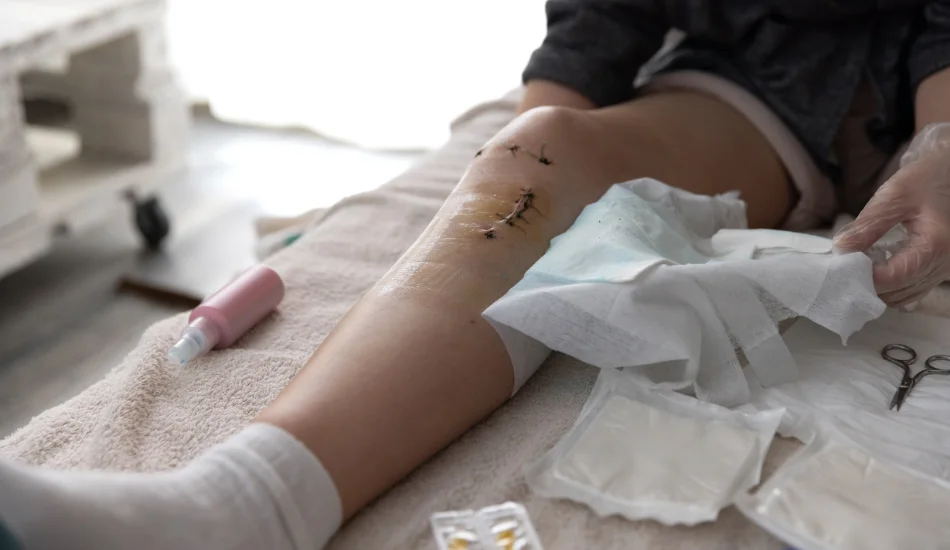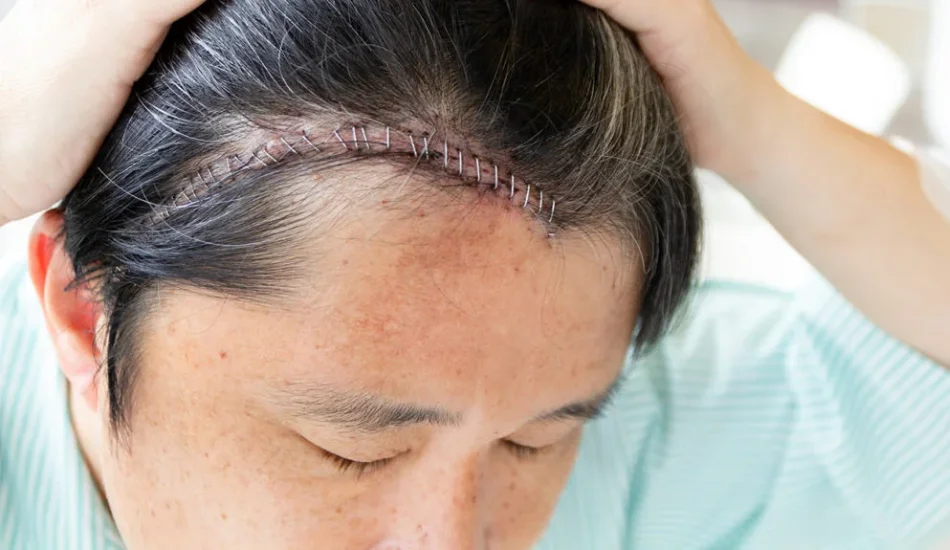
Introduction
Anterior Cruciate Ligament (ACL) reconstruction is a major surgery procedure to fix or replace a ruptured ACL which is a crucial ligament that aids in stabilizing knee joints. This procedure is vital for active people and athletes suffering from ACL injuries that can significantly hinder their ability to carry out routine activities or resume their sport. In this thorough guide, we’ll go over the fundamentals regarding ACL reconstructive surgery, for example symptoms, treatment as well as recovery and benefits and will include high-volume keywords in relation to the subject.
What is ACL Reconstruction?
ACL reconstruction can be described as a surgical procedure used to restore the strength of the ligament, known as the anterior cruciate which is situated at the center of knee joints. The ACL is vital to maintain stability and controls the knee’s movements especially during events that require sudden stopping, jumping or abrupt shifts in direction. If the ACL is damaged or torn it could lead to severe knee pain, instability and dysfunction.
Indications for ACL Reconstruction
ACL reconstruction is usually advised for those who have suffered a complete tear in the ACL and have problems that hinder their life quality. A few common indications for the procedure are:
- Chronic Knee Instability :- Patients who have frequently frequent episodes of knee becoming unstable or giving way.
- Persistent pain :- Instant knee pain that is not alleviated by conventional treatments like physical therapy.
- Problems with daily activities :- Problems with routine activities or playing sports which require knee stability.
- Inability to return to Sports :- Athletes that want to resume high-level sports or activities that put the knee under a lot of strain.
The ACL Reconstruction Procedure
ACL reconstruction is an ACL reconstruction procedure involves replacing the damaged ACL by a graft that can come from the body of the patient (autograft) or from a donor (allograft). The selection of the graft is based on a variety of factors, including your age and level of activity level, as well as the surgeon’s advice.
Preoperative Preparation
Prior to surgery the patient undergoes an exhaustive evaluation, which includes physical tests and images studies (such such as MRI) as well as discussions about the surgical procedure and the recovery strategy. Patients are also instructed on procedures prior to surgery, including exercises and lifestyle adjustments in order to maximize their health prior to surgery.
Surgical Procedure
The ACL reconstruction procedure is usually done using arthroscopic methods, that involve making small cuts around the knee, and then inserting a camera with a small size and special instruments to complete the repair. The steps are:
- The harvesting of the strain :- The surgeon may either harvest part of the patient’s tendon or make use of the donor tendon.
- Making the Knee :- The damaged ACL is removed and tiny tunnels are made between the tibia and the femur to allow the graft to be placed.
- The Graft is placed :- The graft is placed in the knee and is secured using screws or other fixing devices.
- The closing of the cuts :- The incisions are closed while the knee gets then bandaged.
Recovery and Rehabilitation
The recovery process following ACL reconstruction is an ongoing process that includes various phases. The objectives of rehabilitation are to strengthen the knee, restore flexibility, and function and help the person prepare for secure return to normal activities.
Immediate Postoperative Phase
Following surgery, the emphasis is on reducing swelling and pain and protecting the graft and beginning gentle exercises for range of motion. Utilizing crutches or a knee brace could be needed to help with mobility and provide support.
Early Rehabilitation
For the first few weeks of physical therapy, the focus will be focused on restoring knee flexibility as well as strengthening the muscles surrounding it. Training include:
- Quadriceps as well as Hamstring Strengthening :- Vital in knee support and stabilization.
- Exercises for Range-of-Motion :- to improve flexibility and joint mobility, as well as reduce stiffness.
Intermediate Rehabilitation
As healing improves, the intensity of physical therapy grows. The therapy’s focus shifts to:
- Practical Exercises :- like the training of balance and proprioception in order to mimic real-life situations.
- Exercise for Strength and Endurance :- The goal is to make the knee more supple for more challenging exercises.
Return to Sports
Resuming high-impact sport or activities is usually scheduled for six to nine months following surgery, based on the individual’s progress as well as the surgeon’s evaluation. An extensive functional evaluation is conducted to make sure the knee is able to handle the strains of athletic competition.
Benefits of ACL Reconstruction
ACL reconstruction has many advantages, such as:
- Rehabilitation to Knee Stability :- It helps reduce the symptoms of instability and improve knee function in general.
- pain relief :- Relieves knee pain caused by ACL injuries.
- Better quality of life :- Allows people to go back to their favorite sport and activities.
- Prevention of further injury :- The article addresses the underlying issue to lower the risk of further knee injuries.
Potential Risks and Complications
Although ACL repair is typically considered safe however, as with any procedure, it is not without the potential for risk, such as:
- Infection :- Although it is uncommon, the possibility of infection can be found at the site of incision.
- Graft Failure :- The graft might fail or not properly integrate which could lead to the need for procedure.
- Joint stiffness :- A few people might have a decreased flexibility or stiffness.
- Blut Clots :- There’s a possibility of blood clots becoming formed in the legs. These is manageable through physical therapy and medication.
Conclusion
ACL reconstruction is an important procedure to restore the knee’s function as well as stability to those suffering from serious ACL injuries. Understanding the causes, the procedure and recovery procedure can assist patients to make informed choices and get the most effective results. When adhering to a complete plan of rehabilitation and following the advice of a medical professional, patients are able to return to their normal activities with renewed strength and confidence.
You or anyone you know are considering ACL reconstruction, speak with an orthopedic expert who has experience to determine the most effective approach that is tailored to your particular requirements.


